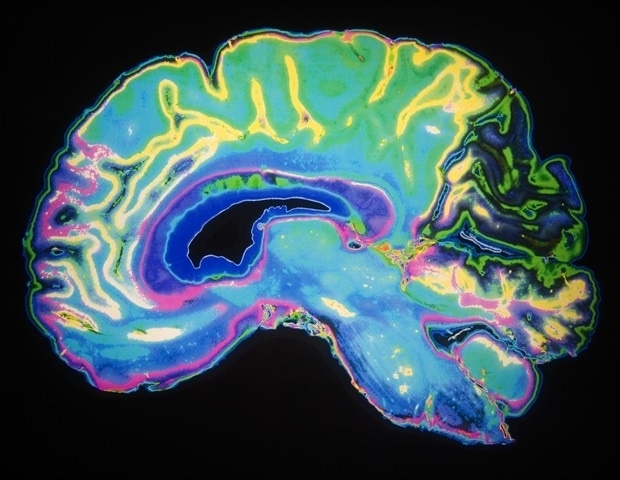A new groundbreaking study sheds light on a medical question scientists have long wondered: why do 40 per cent of children with the rare neurodevelopmental disorder KBG syndrome have heart defects? The research now points to a critical link between the heart and the brain. KBG syndrome can cause unusual facial development, skeletal abnormalities, intellectual underdevelopment and heart defects. The syndrome is caused by mutations in the ANKRD11 gene, which plays a crucial role in brain development, but it wasn't until now that researchers at the University of Alberta also found a tie between the gene and the heart, including problems with heart valves and the walls between heart chambers.
Anastassia Voronova, an associate professor in the Faculty of Medicine and Dentistry, led the study, with cutting-edge Vizgen Merscope technology and the U of A's Core Research Facilities team. Voronova's team observed that mice with the ANKRD11 gene removed from their neural crest cells -; a critical part of heart development -; had abnormal heart formation and function, including inefficient blood circulation due to the heart's outflow tract not properly forming, and enlarged heart ventricles which affected the heart's ability to pump blood. Several important signalling pathways were also affected, impacting cell function and development.

This team's research follows their previous work published earlier this year, which showed the importance of ANKRD11 to the development of brain cells. T.























